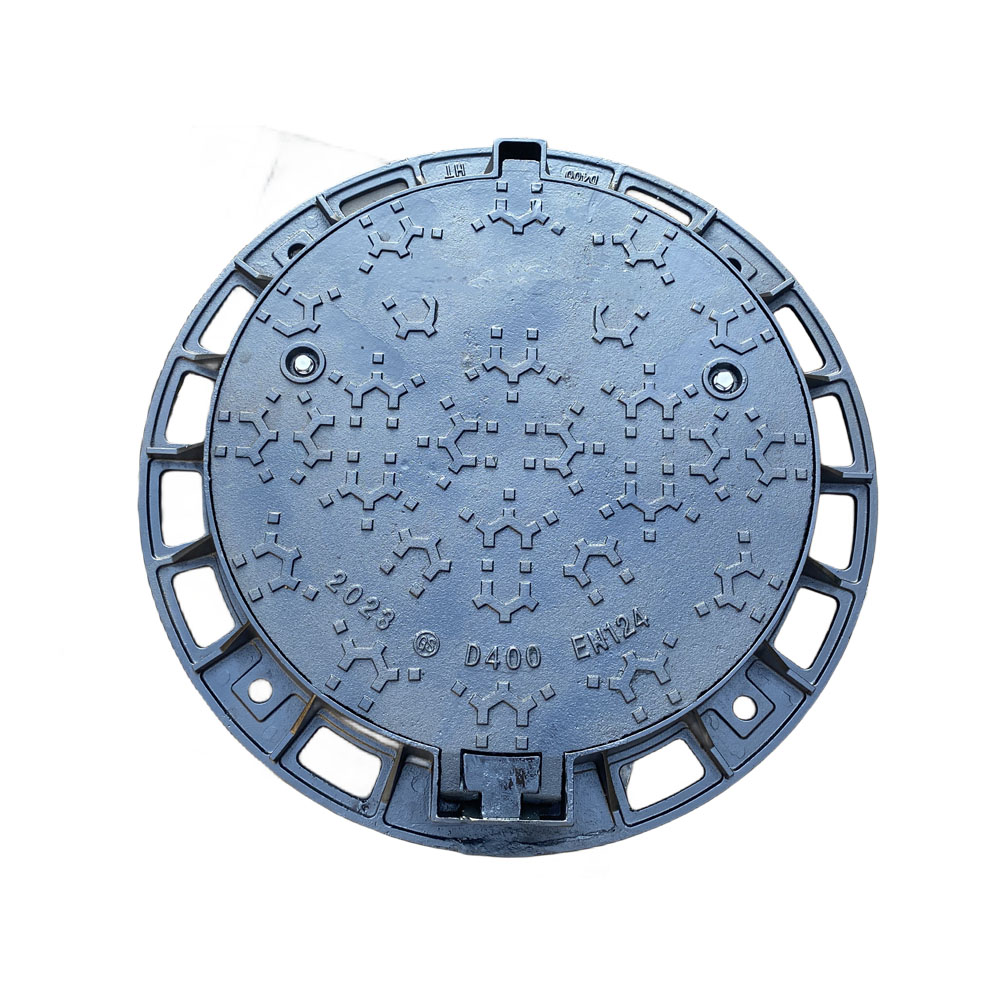Designing Bicycle-Friendly Gully Grates for Safe Urban Cycling Infrastructure
Cycle-Friendly Gully Grates A Step Towards Safer Urban Environments
As urban areas continue to grow and evolve, the need for infrastructure that accommodates all modes of transport, including cycling, becomes increasingly crucial. One significant aspect of this is the design of gully grates, which are often overlooked but play a vital role in the safety and comfort of cyclists on city streets. The traditional gully grate designs, featuring bars that can pose serious hazards for cyclists, need to be reconsidered and revised. In this article, we explore the concept of cycle-friendly gully grates, their importance, and potential designs that promote safer riding experiences.
Understanding the Problem
Gully grates, or stormwater drainage covers, are essential for maintaining effective water drainage in urban environments. However, the typical design of these grates often includes elongated slots or narrow bars that can be dangerous for cyclists, especially those who ride on narrow tires. When a cyclist hits such a grate at an angle, their wheel can easily become trapped in the slots, leading to loss of control, accidents, and injuries. This risk can deter people from cycling, adversely affecting public health, traffic congestion, and the environment.
The Importance of Cycle-Friendly Design
Recognizing the potential hazards of traditional gully grates, urban planners and engineers are increasingly advocating for cycle-friendly designs. A gully grate that accommodates cyclists not only enhances safety but also encourages more people to choose cycling as a viable mode of transportation. By fostering a cycling-friendly environment, cities can reduce vehicular traffic, lower greenhouse gas emissions, and promote a healthier lifestyle for their residents.
Cycle-friendly gully grates can also contribute to a more engaging and user-friendly urban landscape. They are a small yet impactful component of a comprehensive cycling infrastructure, which includes dedicated bike lanes, bike racks, and signage. When cyclists feel safe while navigating city streets, they are more likely to incorporate cycling into their daily routines.
Features of Cycle-Friendly Gully Grates
cycle friendly gully grate

Designing cycle-friendly gully grates involves several key considerations. Firstly, the shape and orientation of the grate slots are pivotal. Instead of narrow strips or grates with wide gaps, a cycle-friendly design might utilize a grid pattern that can support bicycle tires without risk of trapping them. Additionally, the grates should be flush with the road surface to avoid any bumps that could destabilize cyclists.
Material choice is also important. Durable materials that resonate soundlessly will ensure that cyclists enjoy a smooth ride over the grates, minimizing distractions and further enhancing safety. Moreover, employing materials with high-visibility colors can alert cyclists to the presence of gully grates, allowing them to navigate more confidently.
Implementation and Community Involvement
The successful implementation of cycle-friendly gully grates requires cooperation between local governments, urban planners, engineers, and the cycling community. Educating stakeholders about the importance of these designs and their role in promoting cycling can garner support for installation in bike-heavy urban areas.
Public input is also crucial. Engaging with local cyclists to gather feedback on design proposals can lead to more effective outcomes. Communities that advocate for safer cycling infrastructure directly impact urban policies and investment in transportation solutions.
Conclusion
Cycle-friendly gully grates represent a simple yet effective innovation that can significantly improve urban cycling safety and accessibility. As cities strive to create environments that promote biking as a sustainable and healthy mode of transport, addressing the risks associated with standard gully grate designs is a necessary step. The transition to safer, more considerate designs will encourage more residents to cycle, contributing to vibrant, healthy communities and greater environmental sustainability. By prioritizing such infrastructure, urban areas can truly become cycle-friendly and welcoming places for everyone.
-
The Smarter Choice for Pedestrian AreasNewsJun.30,2025
-
The Gold Standard in Round Drain CoversNewsJun.30,2025
-
The Gold Standard in Manhole Cover SystemsNewsJun.30,2025
-
Superior Drainage Solutions with Premium Gully GratesNewsJun.30,2025
-
Superior Drainage Solutions for Global InfrastructureNewsJun.30,2025
-
Square Manhole Solutions for Modern InfrastructureNewsJun.30,2025
-
Premium Manhole Covers for Modern InfrastructureNewsJun.30,2025
